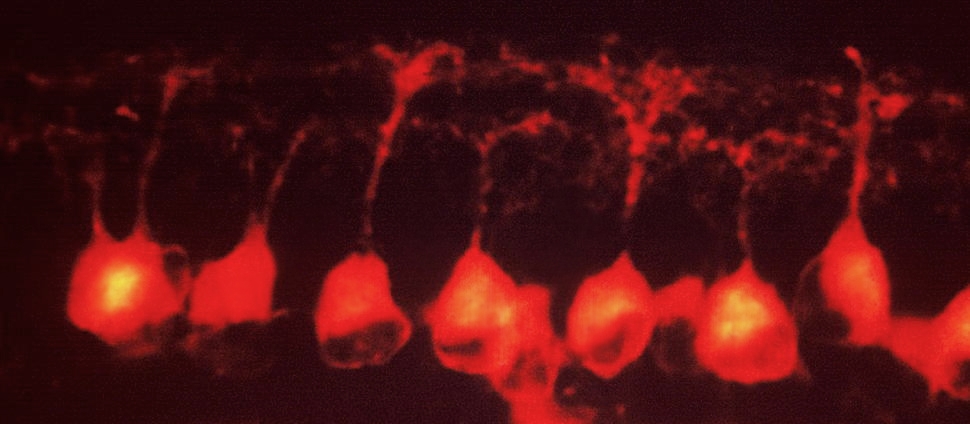Document Type
Article
Publication Date
1-2019
Publication Title
Hormones and Behavior
Abstract
Why do members of some species live in groups while others are solitary? Group living (sociality) has often been studied from an evolutionary perspective, but less is known about the neurobiology of affiliation outside the realms of mating and parenting. Colonial species offer a valuable opportunity to study nonsexual affiliative behavior between adult peers. Meadow voles (Microtus pennsylvanicus) display environmentally induced variation in social behavior, maintaining exclusive territories in summer months, but living in social groups in winter. Research on peer relationships in female meadow voles demonstrates that these selective preferences are mediated differently than mate relationships in socially monogamous prairie voles, but are also impacted by oxytocin and HPA axis signaling. This review addresses day-length dependent variation in physiology and behavior, and presents the current understanding of the mechanisms supporting selective social relationships in meadow voles, with connections to lessons from other species.
Keywords
meadow vole, prairie vole, social behavior, sociality, group living, photoperiod, partner preference, oxytocin, estradiol, glucocorticoids
Volume
107
First Page
67
Last Page
75
DOI
doi:10.1016/j.yhbeh.2018.11.002
Creative Commons License

This work is licensed under a Creative Commons Attribution 4.0 International License.
Rights
Licensed to Smith College and distributed CC-BY under the Smith College Faculty Open Access Policy.
Version
Author's Accepted Manuscript
Recommended Citation
Beery, Annaliese K., "Frank Beach award winner: Neuroendocrinology of Group Living" (2019). Neuroscience: Faculty Publications, Smith College, Northampton, MA.
https://scholarworks.smith.edu/nsc_facpubs/19


